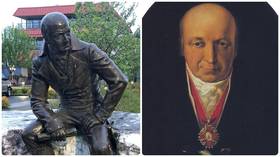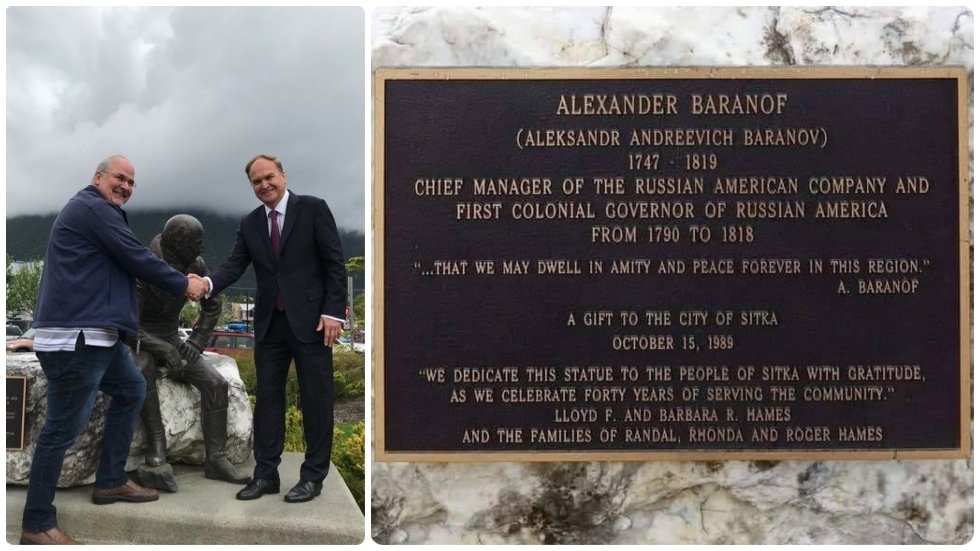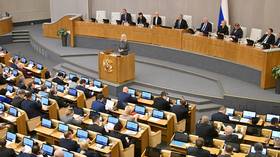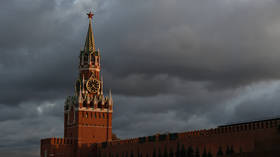Another day, another statue: Sitka council rules to remove monument to first Russian governor of Alaska

The city council in Sitka, Alaska has decided to remove a statue of Alexander Baranov, the explorer and first governor of Russian Alaska. The resolution lists a number of serious accusations against the man.
Baranov worked for the Russian American Company, which was the vehicle for the Russian government’s effort to expand into the Americas. For almost three decades he was the de facto governor of Russian colonies on the continent. Sitka – called Novoarkhangelsk by its Russian founders – served as his capital.
On Tuesday, Sitka’s city council decided it no longer wanted a statue of Baranov to greet visitors to the city. The bronze sitting effigy was given to the city in 1989 to commemorate the man’s impact on its history and the rapid commercial development it experienced under his governance. The council took a different view of Baranov’s role, however.

According to the resolution, Baranov oversaw the “enslavement of Tlingit and Aleut people to hunt fur mammals to near extinction; violation of Native women, families, and law; murder, and theft of indigenous property – often justified under a theory of racial and cultural superiority.”
So monstrous was this historical figure that the locals nicknamed him ‘No Heart’ and his violent legacy “continues to ripple through time, with waves of historical trauma still causing pain for Native people this very day”, the council said.
It is true that the Russian colonization of Alaska in the 18th and 19th centuries was motivated in part by the desire to profit from its natural riches. At times it was quite violent, too. Novoarkhangelsk itself, for example, was burned to the ground during a three-year war between Russians and Tlingit tribes. Baranov himself was almost killed in the conflict, which technically only ended in 2004 with a symbolic peace ceremony.
Sitka has some other memorials to the complicated Russian history there that are much more important than a statue to Baranov, e.g., this one for Russian and Aleut soldiers killed in battle with the Kiks.adi Tlingit pic.twitter.com/8OXrw3Iu7f
— Matt Tappert (@matt_tappert) July 6, 2020
Baranov personally survived several assassination attempts by indigenous people, with some help from chainmail that he wore under his clothes.
But implying that he condoned racism and rape is not in line with his biography. Many of his policies as governor were meant to directly benefit the locals, like the effort to inoculate them against smallpox, or the establishing of schools for indigenous children.
Also on rt.com ‘Cultural diplomacy’: Russian America holiday proposed by Defense Ministry to promote ‘humanitarian cooperation’If Baranov considered the Aleut people somehow inferior to Russians, it didn’t show. After all, he was in a long-term relationship with the daughter of an Aleut tribe leader. As soon as his estranged wife passed away in Russia, he married his mistress and legitimized their three children. So his reputation for being heartless is probably overstated.
The city council decided that Baranov’s statue should be relocated to the Sitka Historical Society Museum as soon as possible. The resolution comes on the back of a wave of statue-toppling involving Confederate and colonialist figures, sparked by mass protests against racism in the US.
Think your friends would be interested? Share this story!














